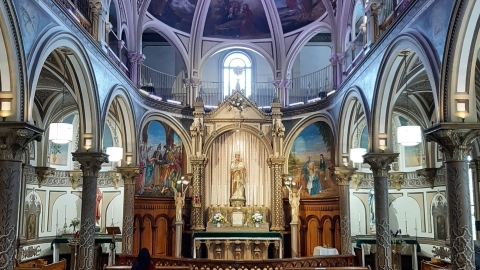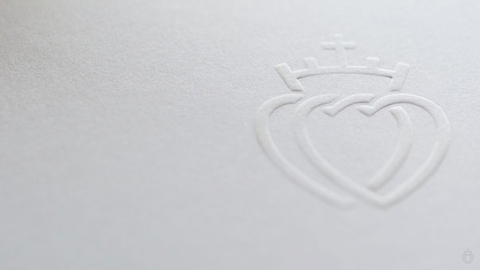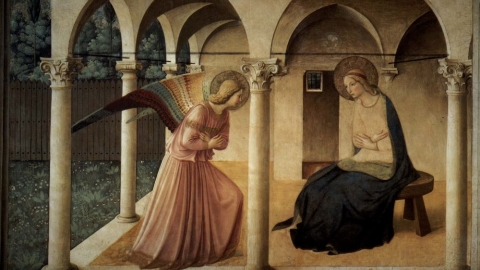Vatican I: A Look Back at an Unfinished Council (6)

Le cardinal Joaquin Pecci, futur Léon XIII
150 years ago, the first Vatican Council opened, under the leadership of Pope Pius IX. FSSPX.News recounts the fascinating history of a council that was the scene of opposition between liberals and ultramontanes, at the end of which the dogma of pontifical infallibility was proclaimed.
In this spring of 1870, many of the Council Fathers feared that, at the rate at which the work of the council was going, the central schema which dealt with the prerogatives of the successor of Peter would not be examined for a year. Yet, political unrest in Europe led them to believe that time was running out: hence the idea of anticipating the issue of papal infallibility.
The Choice of Pius IX
The minority opposed to any definition on this disputed theme hastened to protest, with the support of a few Italian prelates, and some important ones. Thus Cardinal Joachim Pecci - future Pope Leo XIII – thought that it would be “unwise to exasperate the opposition by upsetting the normal order of discussions.”
But the Roman party did not give up: on April 23, 1870, a petition signed by about a hundred of the Council Fathers was delivered to the sovereign pontiff. It called for an immediate examination of the schema De romano pontifice, and therefore of the issue of infallibility.
In the salons of the Quirinal Palace - residence of the popes from the Renaissance until 1870 -, Pius IX pondered the problem. He heard the contrary views of certain Fathers, such as Msgr. Dupanloup who was worried about a question which “is currently a burning question in Europe.” The French ambassador to the Holy See pointed out to the Holy Father that a reversal of the order of the work “would lend credence to the feeling that the council was only convened to define the infallibility of the sovereign pontiff.”
On April 29, 1870, the pope, to the great displeasure of the minority, decided in favor of an early examination of infallibility.
The outline to be presented to the council had to be put in its final form, so as not to inflame the debates too much. Two currents were then in play among the members of the Deputation of the Faith, whose role was to put the finishing touches on the schema before the examination by the Fathers. The most enthusiastic proponents of infallibility were inclined to keep the original document without any changes, while the more moderate wing was of the opinion that it should be amended. The latter would prevail.
The original formula proposing to define infallibility worried more than one, was considered to be vague and therefore extensive: the pope would be declared infallible when he defined “what in matters of faith or morals must be accepted by the whole Church.” One could read into this not only the truths of divine faith to be believed, but also a whole wider spectrum of truths of lower rank, such as dogmatic facts or approved conclusions of theology.
Fearing a definitive break with the anti-infallibility minority, the moderate wing of the Deputation managed to get the formula reworked. Fr. Franzelin did that: in its final version, infallibility relates to “what must be believed of divine faith,” and no longer to “what must be accepted by the whole Church.”
The schema thus amended needed to be presented to the Fathers in May. They wanted to believe it was a consideration that would quickly win the support of the Council. Especially since optimism was high in Rome—as in this month of May, in Paris, Napoleon III has just won a referendum which strengthened the Empire. “At no time had peacekeeping in Europe been more assured,” Emile Olivier, the head of the government, declared at the time.
And yet, the sky suddenly darkened.
(Source : FSSPX - FSSPX.Actualités - 06/05/2020)



